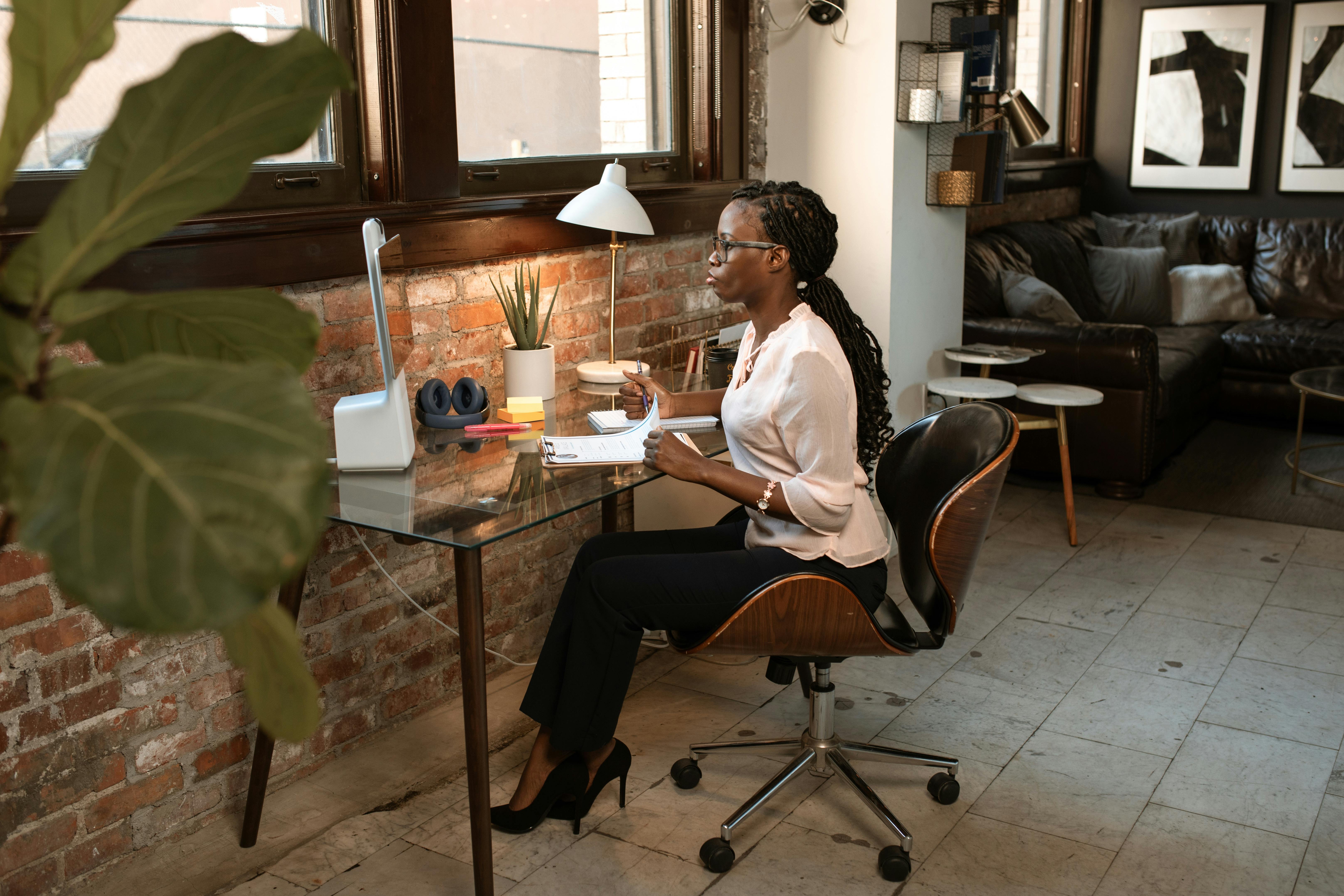Are you curious about renting with an option to buy, but you do not have money to put down? Wondering if a no-money lease-to-own option might work for you?
It is a very important question and a good one for you to do some research on the subject. You will need to understand the challenges that will arise as a result of renting to own with no money down. Hopefully, this article will raise awareness of some of the questions to ask yourself to protect yourself if you’re looking for a no down payment rental.
Simply put, a no down payment lease is one where you do not have to make any down payment to enter the program.
What are the implications?
1. More risk for the investor, so he will offset his risks by charging higher monthly rents (perhaps even higher than market rents). I have seen situations where rents for a no down payment lease were as high as $2000-2500 when market rents in the same area were $1500 per month. This $2,000-2,500 amount does not always represent the money credited toward your down payment, so be sure to ASK!
2. You will need to save more of your down payment before the rent-to-own program ends or you risk not qualifying for a mortgage and therefore losing your property. Looking at this in terms of numbers, an average home price of $300,000 will require a 5% down payment (or $15,000). If you go into rent-to-own with ZERO down payment, you’ll need to save up to $15,000 over an average term of 3 years (for example) to qualify for that mortgage at the end of the term. That means saving $5,000 a year. If your lease-to-own allocates, say, $200 a month for your down payment, you’d accumulate $7,200 over the three years. That means you’d have to make up the balance, or $7,800 yourself. If you can’t do this, you won’t qualify for your mortgage and will most likely be asked to vacate the home at the end of the lease-to-own term.
3. You will not build any equity in the property (basically you are a renter (paying more than market rents) hoping you can save enough for the down payment and purchase the property at the end of the rent-to-own program .Equity is the amount of money you have invested in the property or earned on the property’s gain in value. For example, if you put $10,000 down on a property, you automatically have $10,000 of equity in that property. If you put no money , you have zero equity in the property.
4. In many cases (not all, but many), you will be left to your own devices to improve your credit situation and save a minimum of 5% of the down payment. If you haven’t received credit repair support and your credit hasn’t been repaired enough to qualify for the 5% down payment, your lender or bank may require you to put up 10%, 15% or 20 % down payment (which you probably haven’t done since you were aiming to save 5% down). Looking back at the median home price from the second point ($300,000), if you were unable to improve your credit during the term of the rent-to-own program and needed 10% to get the mortgage, you would not be required to come up with $30,000 down payment, not the $15,000 in the example above. If $15,000 sounds like a daunting task, imagine $30,000 or even more if 15% or 20% is needed.
So what does all this mean to you?
Do your DUE DILIGENCE!
Ask questions and be VERY sure you know all the pitfalls you may encounter if you choose to get into a no down payment lease. To get started, ask questions like:
1. How much will the monthly payment be? (compare to other rentals in the area)
2. How much of each monthly payment goes toward your down payment?
3. Do you provide credit support?
4. What happens at the end of the lease-to-own term if you can’t get a mortgage?
I’m not saying that a no-down-payment lease-to-own can’t be successful. I’m just saying that the road to success is MUCH harder this way and requires a very different level of determination and discipline.
